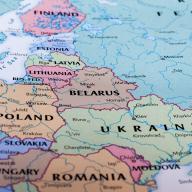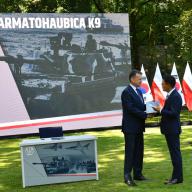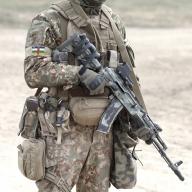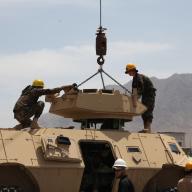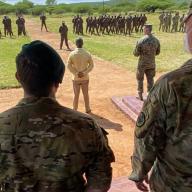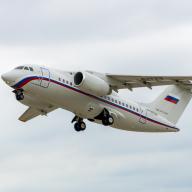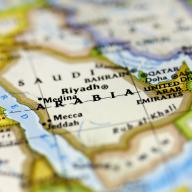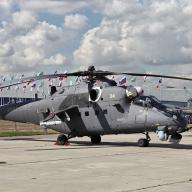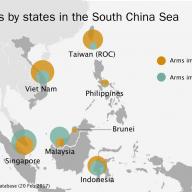This topical backgrounder unpacks recent trends in major arms imports and exports in the Middle East and North Africa.
Related commentary:
Arms transfers to conflict zones: The case of Nagorno-Karabakh
The conflict between Armenia and Azerbaijan over Nagorno-Karabakh escalated in 2020 into a six-week war in which an estimated 5700 people died. The war was not completely unexpected as deadly skirmishes have occurred regularly since the previous full-scale war between the two states ended in 1994.
Saudi Arabia, armaments and conflict in the Middle East
This topical backgrounder puts a spotlight on armament developments in Saudi Arabia, the country with the highest levels of military spending and arms imports in the Middle East. It aims to contribute to the efforts by SIPRI to gain a better understanding of the impact of militarization on security, conflict, peace and development in the region.
The 2015 UN Register on Conventional Arms: still time to improve
Following the trend in 2012–14, 2015 is likely to be another disappointing year for transparency in arms transfers.
Future challenges in the monitoring of international arms transfers
Western governments and defence companies are adapting to the effects of the 2008 economic crisis by devising new strategies to increase international arms sales.
Balancing transparency and national security
When governments are less than transparent about their military budgets, this has serious ramifications for democracy and security.
Will the arms trade treaty be stuck in the past?
With two days of talks to go, the draft of an arms trade treaty (ATT) being negotiated in the UN looks dangerously likely to be a relic before it ever comes into force.
Looking back to ensure future progress: developing and improving multilateral instruments to control arms transfers and prevent illicit trafficking
Between July and September this year, the international community will be faced with the daunting prospect of concluding negotiations on an international arms trade treaty and a review of the implementation of the United Nations programme of action on small arms and light weapons.
Libya: lessons in controlling the arms trade
As the violence in Libya escalates and the international community examines how to respond to internal conflict and human rights violations, arms supply should be analysed.




